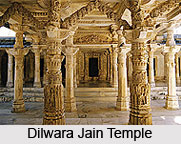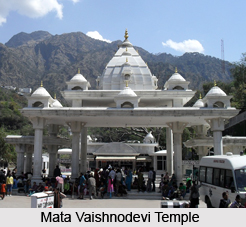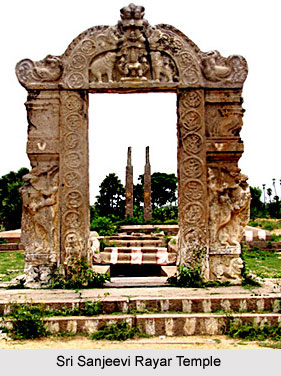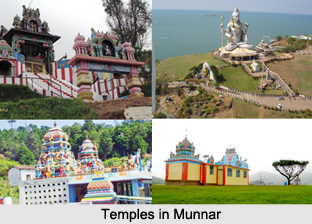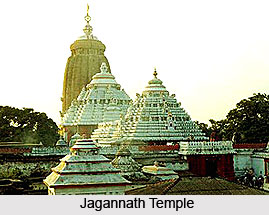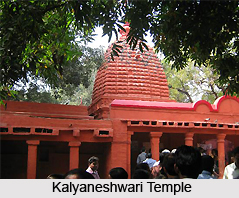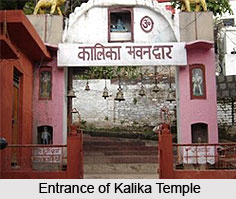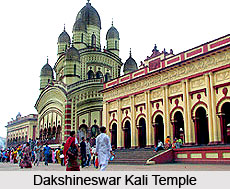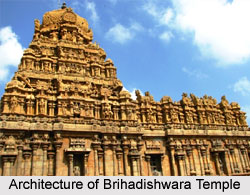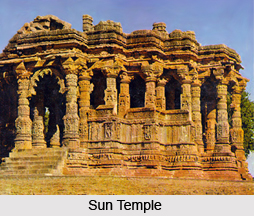 The Sun Temple, Modhera was built in 1026 AD by King Bhimdev of the Solanki Dynasty, and is dedicated to Lord Surya, the Sun God of Hinduism. It is analogous to Konark Temple of Orissa and Martand in Jammu & Kashmir. The temple is situated on the bank of the river Pushpavati, 25 km from Mehsana and 102 km from Ahmedabad.
The Sun Temple, Modhera was built in 1026 AD by King Bhimdev of the Solanki Dynasty, and is dedicated to Lord Surya, the Sun God of Hinduism. It is analogous to Konark Temple of Orissa and Martand in Jammu & Kashmir. The temple is situated on the bank of the river Pushpavati, 25 km from Mehsana and 102 km from Ahmedabad.
According to Skanda Purana and Brahma Purana, the areas near Modhera were known in the ancient times as Dharmaranya (the forest of righteousness). According to these Puranas, after defeating Ravana, Lord Rama asked sage Vasistha to show him a place of pilgrimage where he could cleanse himself from the sin of Brahma-hatya (the sin of killing a Brahmin, because Ravana was Brahmin by birth). Sage Vasistha showed him Dharmaranya, which was near the modern town of what we call today as Modhera. In Dharmaranya, Rama settled at a village Modherak and performed a yagna (ritual sacrifice, practiced during Vedic times) there. Thereafter he established a village and named it Sitapur. This village is about 8 km from Becharaji Modherak village and it subsequently came to be known as Modhera.
The Sun Temple was built by Raja Bhimdev of Solanki dynasty in 1026 AD, which was the time when Somnath Temple and the adjoining areas were ransacked by Mahmud Gazni, reeling under the effects of his invasion. The Solankis, however, regained much of their lost power and brilliance. Anahilvad Patan, the Solanki capital also regained its original glory and splendour. The Solankis were considered to be Suryavanshis, descendants of Sun God. The temple was so designed that the first sunrays of the sun fell on the image of Surya, the Sun God at the time of equinoxes. The temple, though in partial ruins, destroyed by Allauddin Khilji, still retains its grandeur still to this day. No kinds of worship are offered here now.
The total structure of Sun Temple stands on a kharasila (basement) consisting of the garbhagriha (shrines) and guha-mandapa (hall), a sabha-mandapa or ranga-mandapa (assembly hall or outer hall/theatre hall), locally known as Sita Chavadi. In front of the temple is the kunda (sacred pond) called Rama kund or Surya Kund. It is said that the Mohammedans not content enough with defacing the figure sculptures of Modhera temple, they placed bags of gunpowder in the underground shrine and blew it with the upper cell, demolishing the shikhara or tower. For this obvious reason, the temple is devoid of any apex frame. The general structure of the main body of the temple enclosing the mandapa (hall) and garbhagriha (sanctum sanctorum) is rectangular, with its length inside the walls 51 feet and 9 inches which is almost exactly double of its width of 25 feet and 8 inches. Thus, the total area of 1275 sq. feet is divided into nearly two equal halves. The inner half occupies the garbhagriha and the front half the mandapa. The sanctum sanctorum is 11 feet square inside, seated on a lotus-based plinth. Between the outer walls of the sanctum sanctorum and of the temple, there is the pradakshina-marga or brahma (the circumbulatory passageway). This passage was roofed with slabs laid across and carved with rosettes on the undersides and above this rose the now absent shikhara. The Guda Mandap (sanctum sanctorum) once housed the eluding idol of Sun God, present no more.
The mandapa as usual is peristylar with an octagonal nave covered by a fabulously carved dome. The inside walls are bare but broken by recesses in each bay, containing figures of Surya. The pillars and architraves are exquisitely carved, portraying scenes from Ramayana. The exterior of the temple is also profusely sculptured, but perhaps the most chic and ornamental feature of the Sun temple is the mysteriously beautiful sabha mandapa (assembly hall), which opens on all sides. It is carved with scenes depicting the Mahabharata. On its outside walls are some representations of amorous couples similar to that of Konark. Outside the sabha mandapa are two pillars of a torana from which the arch is missing. From the torana a flight of steps leads down to the kunda in front of it. The Surya Kund also known as Rama Kund is rectangular and measures 176 feet north to south, by 120 feet east to west. It has many terraces and steps heading to the water level. On its sides and corners are various small shrines with images of gods and goddesses namely, Jalayasi Vishnu, Trivikrama, Goddess Shitala, etc. Though the kund now stands dry, before offering their prayers, the devotees had to stop here for ceremonial ablutions.
The Modhera dance festival is the major event that is observed by the Sun Temple. It is scheduled every year in the 3rd week of January, after the festival of `Uttarayan` for three days in the temple`s backdrop. The objective of showcasing classical dance form is to educate the viewers with the age that it was actually performed. It is organised by the Tourism Corporation of Gujarat.












